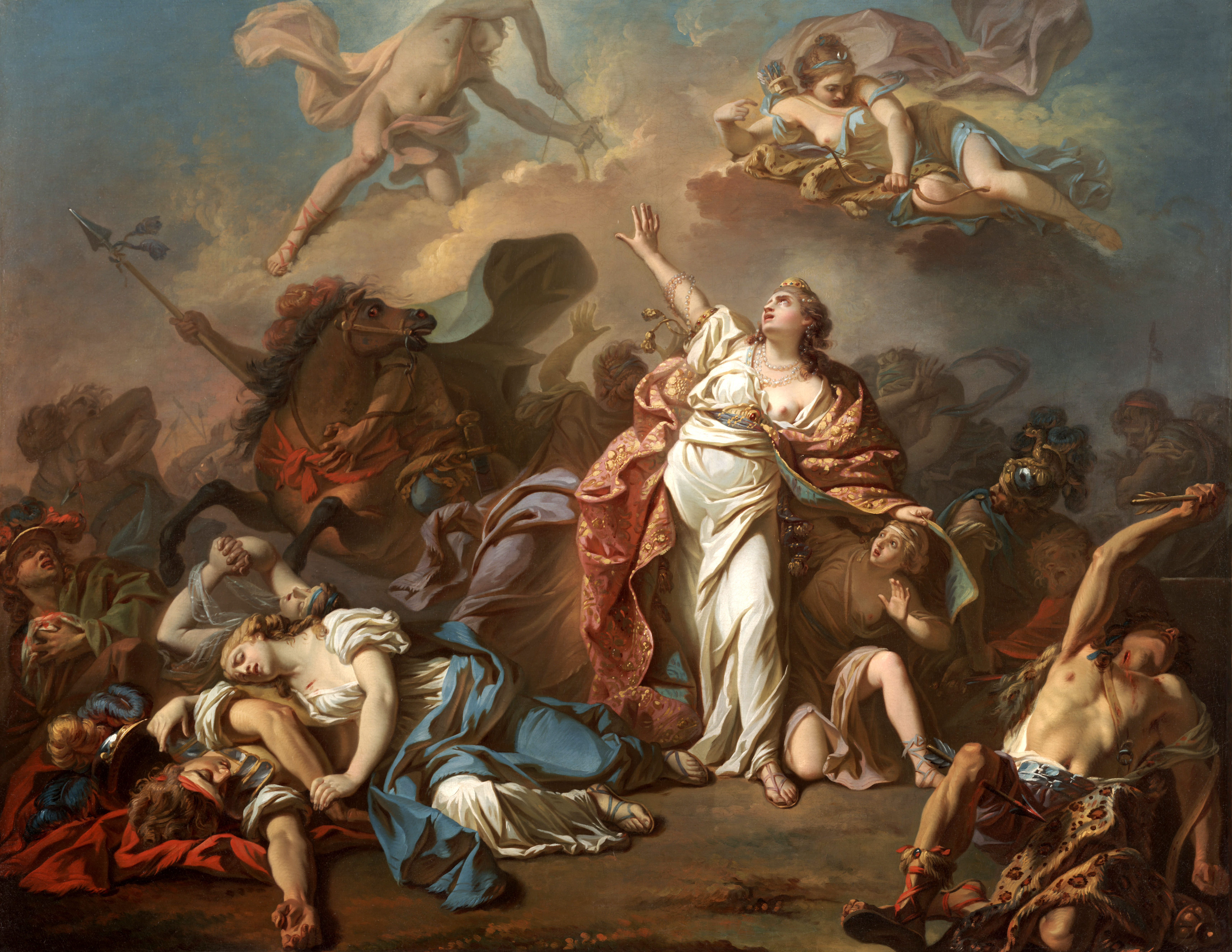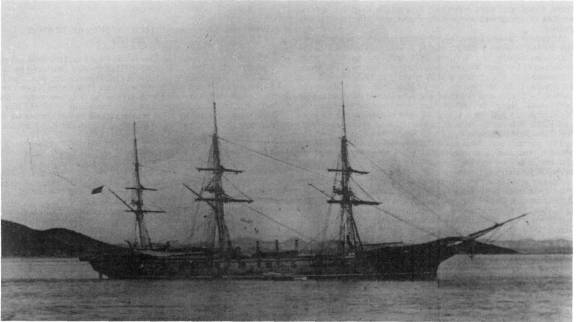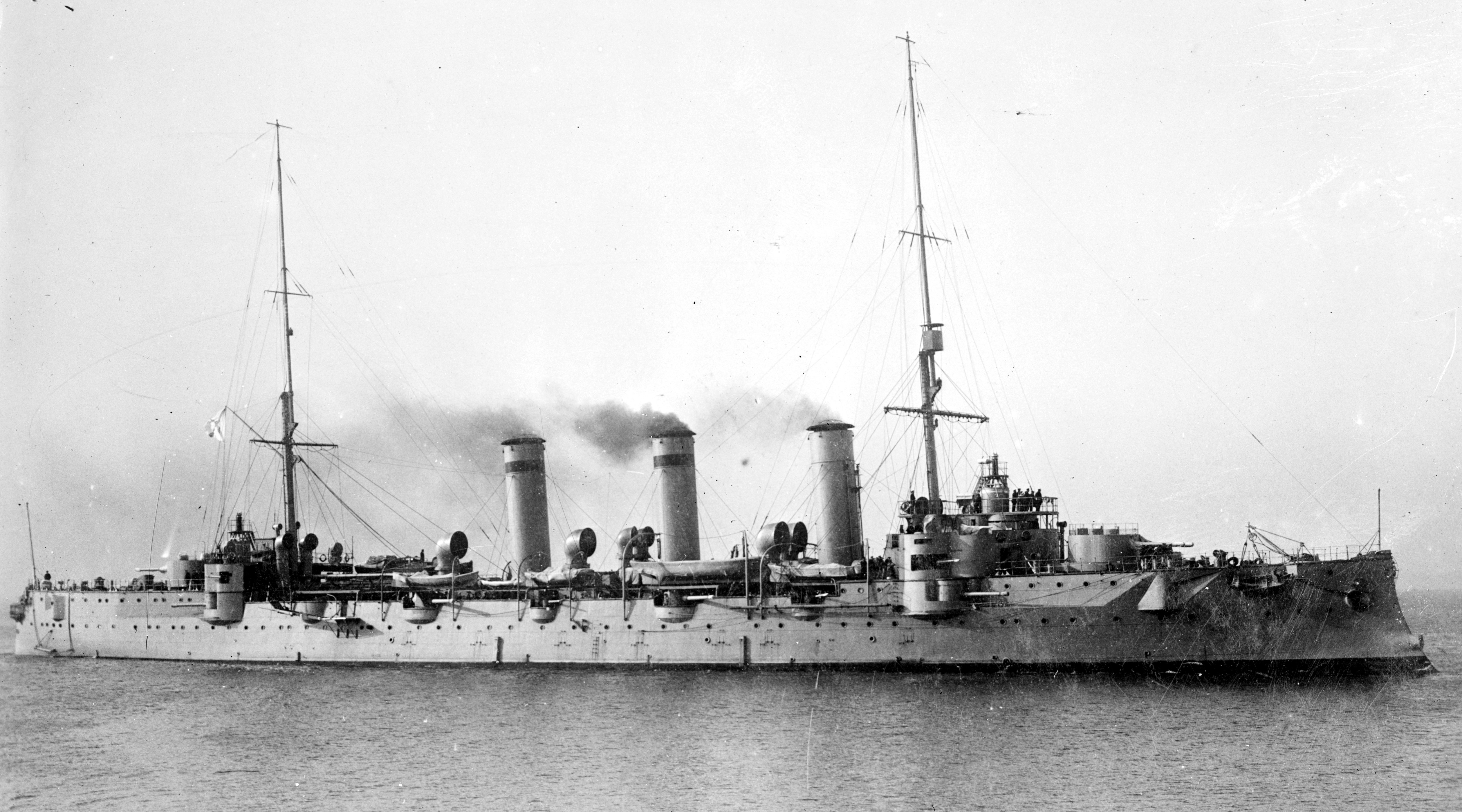|
HMS Niobe
Four ships of the Royal Navy have borne the name HMS ''Niobe'', after the figure of Niobe in Greek mythology: *HMS ''Niobe'' was a 38-gun fifth-rate, formerly the , which the Royal Navy captured in 1800; ''Niobe'' was broken up in 1816. * was a 28-gun sixth rate launched in 1849 and sold to the Prussian Navy in 1862. * was a wood screw sloop launched in 1866 and wrecked in 1874. * was a protected cruiser launched in 1897. She was transferred to the Royal Canadian Navy The Royal Canadian Navy (RCN; french: Marine royale canadienne, ''MRC'') is the Navy, naval force of Canada. The RCN is one of three environmental commands within the Canadian Armed Forces. As of 2021, the RCN operates 12 frigates, four attack s ... in 1910, used as a depot ship from 1915 and was broken up in 1922. {{DEFAULTSORT:Niobe, Hms Royal Navy ship names ... [...More Info...] [...Related Items...] OR: [Wikipedia] [Google] [Baidu] |
Royal Navy
The Royal Navy (RN) is the United Kingdom's naval warfare force. Although warships were used by English and Scottish kings from the early medieval period, the first major maritime engagements were fought in the Hundred Years' War against France. The modern Royal Navy traces its origins to the early 16th century; the oldest of the UK's armed services, it is consequently known as the Senior Service. From the middle decades of the 17th century, and through the 18th century, the Royal Navy vied with the Dutch Navy and later with the French Navy for maritime supremacy. From the mid 18th century, it was the world's most powerful navy until the Second World War. The Royal Navy played a key part in establishing and defending the British Empire, and four Imperial fortress colonies and a string of imperial bases and coaling stations secured the Royal Navy's ability to assert naval superiority globally. Owing to this historical prominence, it is common, even among non-Britons, to ref ... [...More Info...] [...Related Items...] OR: [Wikipedia] [Google] [Baidu] |
Niobe
In Greek mythology, Niobe (; grc-gre, Νιόβη ) was a daughter of Tantalus and of either Dione, the most frequently cited, or of Eurythemista or Euryanassa, the wife of Amphion and the sister of Pelops and Broteas. Her father was the ruler of a city located near Manisa in today's Aegean Turkey that was called "Tantalis" or "the city of Tantalus", or "Sipylus". The city was located at the foot of Mount Sipylus and its ruins were reported to be still visible at the beginning of the 1st century AD, although few traces remain today. Pliny reports that Tantalis was destroyed by an earthquake and the city of Sipylus (Magnesia ad Sipylum) was built in its place. Niobe's father is referred to as " Phrygian" and sometimes even as "King of Phrygia", although his city was located in the western extremity of Anatolia where Lydia was to emerge as a state before the beginning of the first millennium BC, and not in the traditional heartland of Phrygia, situated more inland. There are r ... [...More Info...] [...Related Items...] OR: [Wikipedia] [Google] [Baidu] |
Greek Mythology
A major branch of classical mythology, Greek mythology is the body of myths originally told by the Ancient Greece, ancient Greeks, and a genre of Ancient Greek folklore. These stories concern the Cosmogony, origin and Cosmology#Metaphysical cosmology, nature of the world, the lives and activities of List of Greek mythological figures, deities, Greek hero cult, heroes, and List of Greek mythological creatures, mythological creatures, and the origins and significance of the ancient Greeks' own cult (religious practice), cult and ritual practices. Modern scholars study the myths to shed light on the religious and political institutions of ancient Greece, and to better understand the nature of myth-making itself. The Greek myths were initially propagated in an oral tradition, oral-poetic tradition most likely by Minoan civilization, Minoan and Mycenaean Greece, Mycenaean singers starting in the 18th century BC; eventually the myths of the heroes of the Trojan War and its after ... [...More Info...] [...Related Items...] OR: [Wikipedia] [Google] [Baidu] |
Fifth-rate
In the rating system of the Royal Navy used to categorise sailing warships, a fifth rate was the second-smallest class of warships in a hierarchical system of six " ratings" based on size and firepower. Rating The rating system in the Royal Navy as originally devised had just four rates, but early in the reign of Charles I, the original fourth rate (derived from the "Small Ships" category under his father, James I) was divided into new classifications of fourth, fifth, and sixth rates. While a fourth-rate ship was defined as a ship of the line, fifth and the smaller sixth-rate ships were never included among ships-of-the-line. Nevertheless, during the Anglo-Dutch Wars of the 17th century, fifth rates often found themselves involved among the battle fleet in major actions. Structurally, these were two-deckers, with a complete battery on the lower deck, and fewer guns on the upper deck (below the forecastle and quarter decks, usually with no guns in the waist on this deck). The ... [...More Info...] [...Related Items...] OR: [Wikipedia] [Google] [Baidu] |
Sixth Rate
In the rating system of the Royal Navy used to categorise sailing warships, a sixth-rate was the designation for small warships mounting between 20 and 28 carriage-mounted guns on a single deck, sometimes with smaller guns on the upper works and sometimes without. It thus encompassed ships with up to 30 guns in all. In the first half of the 18th century the main battery guns were 6-pounders, but by mid-century these were supplanted by 9-pounders. 28-gun sixth rates were classed as frigates, those smaller as 'post ships', indicating that they were still commanded by a full ('post') captain, as opposed to sloops of 18 guns and less under commanders. Rating Sixth-rate ships typically had a crew of about 150–240 men, and measured between 450 and 550 tons. A 28-gun ship would have about 19 officers; commissioned officers would include the captain, and two lieutenants; warrant officers would include the master, ship's surgeon, and purser. The other quarterdeck officers were the c ... [...More Info...] [...Related Items...] OR: [Wikipedia] [Google] [Baidu] |
Screw Sloop
A screw sloop is a propeller-driven sloop-of-war. In the 19th century, during the introduction of the steam engine, ships driven by propellers were differentiated from those driven by paddle-wheels by referring to the ship's ''screws'' (propellers). Other propeller-driven warships included screw frigates and screw corvette A corvette is a small warship. It is traditionally the smallest class of vessel considered to be a proper (or " rated") warship. The warship class above the corvette is that of the frigate, while the class below was historically that of the slo ...s. See also * CSS ''Alabama'' * USS ''Alaska'' * USS ''Contoocook'' * HMS ''Gannet'', now a museum ship. * USS ''Housatonic'', sunk by the first successful submarine attack. * USS ''Wyoming'' * * Ship types {{navy-stub ... [...More Info...] [...Related Items...] OR: [Wikipedia] [Google] [Baidu] |
Protected Cruiser
Protected cruisers, a type of naval cruiser of the late-19th century, gained their description because an armoured deck offered protection for vital machine-spaces from fragments caused by shells exploding above them. Protected cruisers resembled armored cruisers, which had in addition a belt of armour along the sides. Evolution From the late 1850s, navies began to replace their fleets of wooden ships-of-the-line with armoured ironclad warships. However, the frigates and sloops which performed the missions of scouting, commerce raiding and trade protection remained unarmoured. For several decades, it proved difficult to design a ship which had a meaningful amount of protective armour but at the same time maintained the speed and range required of a "cruising warship". The first attempts to do so, armored cruisers like , proved unsatisfactory, generally lacking enough speed for their cruiser role. During the 1870s the increasing power of armour-piercing shells made armou ... [...More Info...] [...Related Items...] OR: [Wikipedia] [Google] [Baidu] |
Royal Canadian Navy
The Royal Canadian Navy (RCN; french: Marine royale canadienne, ''MRC'') is the Navy, naval force of Canada. The RCN is one of three environmental commands within the Canadian Armed Forces. As of 2021, the RCN operates 12 frigates, four attack submarines, 12 coastal defence vessels, eight patrol class training vessels, two offshore patrol vessels, and several auxiliary vessels. The RCN consists of 8,570 Regular Force and 4,111 Primary Reserve sailors, supported by 3,800 civilians. Vice-Admiral Angus Topshee is the current commander of the Royal Canadian Navy and chief of the Naval Staff. Origins of the Royal Canadian Navy, Founded in 1910 as the Naval Service of Canada (French: ''Service naval du Canada'') and given royal sanction on 29 August 1911, the RCN was amalgamated with the Royal Canadian Air Force and the Canadian Army to form the Unification of the Canadian Forces, unified Canadian Armed Forces in 1968, after which it was known as Maritime Command (French: ''Commandemen ... [...More Info...] [...Related Items...] OR: [Wikipedia] [Google] [Baidu] |


.jpg)


